What Is the Science of Reading?
The Science of Reading refers to a vast body of research conducted over the past 50+ years across fields like:
Cognitive & developmental psychology
Linguistics
Neuroscience
Education
Communication
sciences
Implementation science
Together, these studies explain how the brain learns to read and how we should teach it.
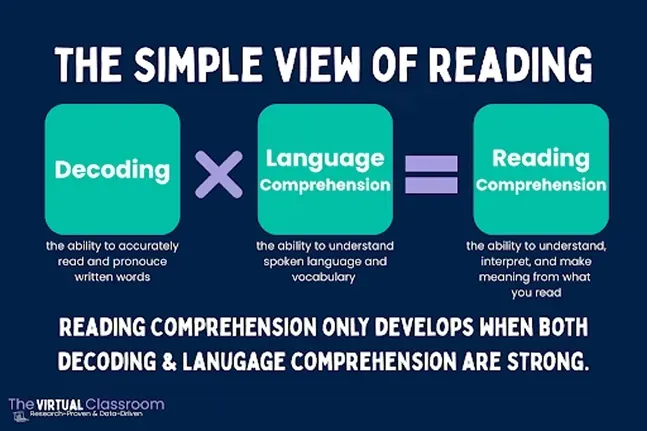
At the foundation is a framework known as the Simple View of Reading, introduced in 1986 by Gough and Tunmer and confirmed by decades of follow-up research.
Why This Matters for Your Child
If your child struggles with reading comprehension, teaching them comprehension strategies (like making predictions or summarizing) often isn’t enough—and likely isn’t what they need.
In most cases, students struggle with comprehension because of gaps in decoding or language comprehension—the two core components in the Simple View of Reading. Until those foundational skills are strong, true reading comprehension won’t develop.
That’s why our programs focus on building the right skills, in the right order—so students can become confident, independent readers who actually understand what they read.
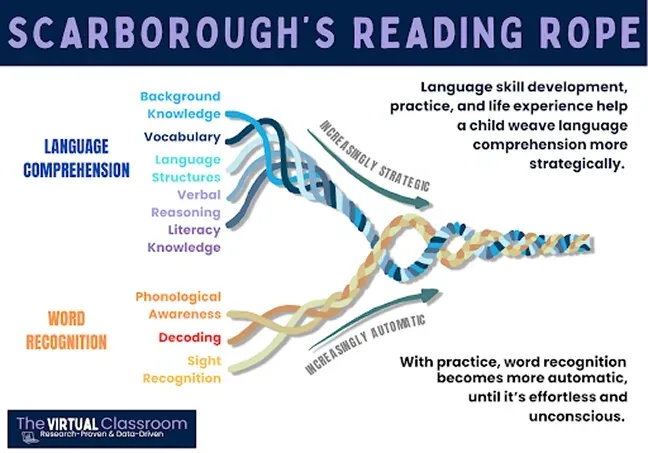
The Reading Rope
In 2001, researcher Hollis Scarborough introduced The Reading Rope to illustrate the many strands that work together to build skilled reading.
Each strand—like phonemic awareness, letter-sound knowledge, vocabulary, and background knowledge—falls under one of two key areas: decoding and language comprehension. As these strands become stronger and more automatic, reading comprehension improves.
For educators, the rope gives us a clear visual of what to assess and what to teach when a student is struggling. Instead of guessing, we can pinpoint the exact strand that needs support—and build from there.
We Wire Brains to Read
The brain isn’t naturally wired to read—but thanks to neuroplasticity, we can build new pathways that make reading possible.
Brain imaging studies show that after just five hours of explicit phonics instruction, non readers begin forming connections between the brain’s visual and speech centers.
Mastering the full English code takes time—typically 2 to 3 years—but those neural changes can begin almost immediately.
With Structured Literacy, we use the science of reading and the brain’s ability to adapt to wire students for reading success.
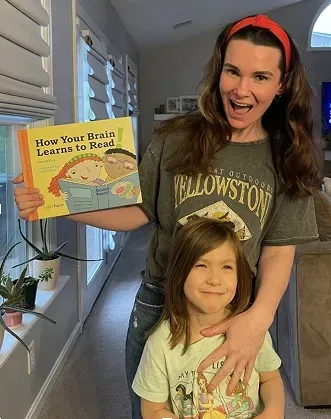
What Is Structured Literacy?
Structured Literacy is the only research-backed approach proven to work for all learners—including those with dyslexia and other reading challenges.
It includes both what we teach and how we teach it.
What We Teach (Content):
- Phonology (e.g., phonemic awareness)
- Sound-Symbol Association
- Syllables (types & division rules)
- Morphology (prefixes, suffixes, roots)
- Syntax (grammar, sentence structure)
- Semantics (vocabulary + comprehension)
How We Teach It (Principles):
- Systematic (follows a logical sequence)
- Cumulative (builds from simple to complex)
- Explicit (no guessing—everything is taught directly)
- Diagnostic (instruction guided by data)
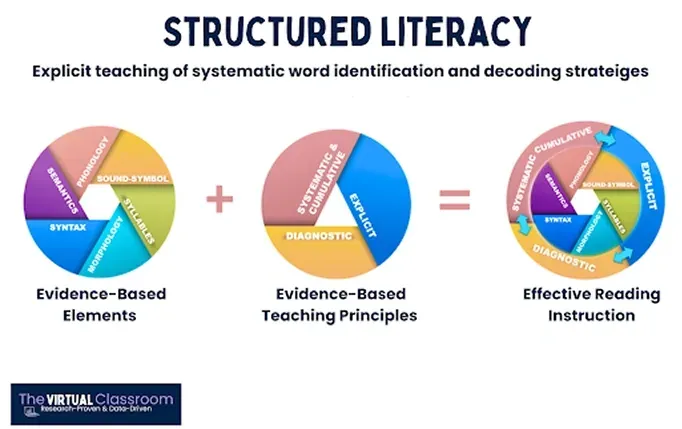
Is Structured Literacy Right for Students with Dyslexia?
It’s not just right—it’s essential.
Most schools still use balanced literacy or whole language approaches, but research shows those methods only work for about 40% of students. That means the majority are left behind—especially students with dyslexia or other reading difficulties.
Structured Literacy is different. It’s explicit, systematic, and rooted in how the brain learns to read.
And here’s the most important part:
95%+ of students can learn to read when taught with Structured Literacy.
That’s why we don’t reserve it just for struggling readers. It’s the approach we use with every child, because it’s the most effective path to strong, confident reading.
The Science of Math
Just like with reading, there’s a science behind how students learn math. The Science of Math is grounded in research about how children process mathematical concepts, build number sense, and move from concrete thinking to abstract reasoning.
This evidence-based approach supports visual, hands-on, and developmentally appropriate instruction—so students understand why math works, not just how to memorize steps.
What Is CRA?
CRA stands for Concrete–Representational–Abstract, a three-step instructional model proven to help students build deep, lasting math understanding.
- Concrete: Students begin with hands-on tools like counters, cubes, or place value blocks.
- Representational: They move to drawings or visual models to show their thinking.
- Abstract: Finally, they work with numbers, symbols, and equations.
This method bridges the gap between doing math and understanding it—and it’s especially effective for students who struggle with traditional instruction.
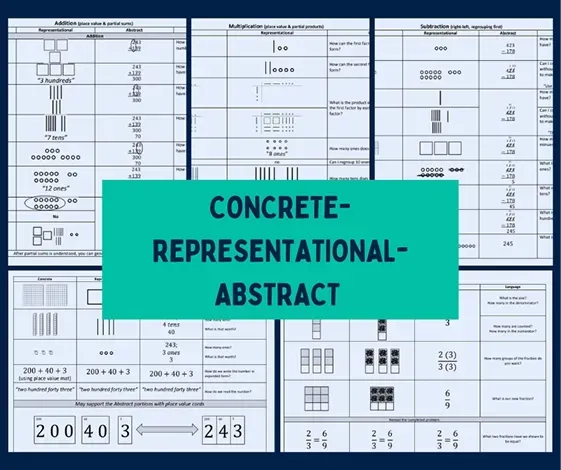
Proven Results from The Virtual Classroom
Real progress. Real confidence. In less time than you’d expect.


8401 Spring Road Suite 2 New Bloomfield, PA 17068

[email protected]

(717) 470-2717





